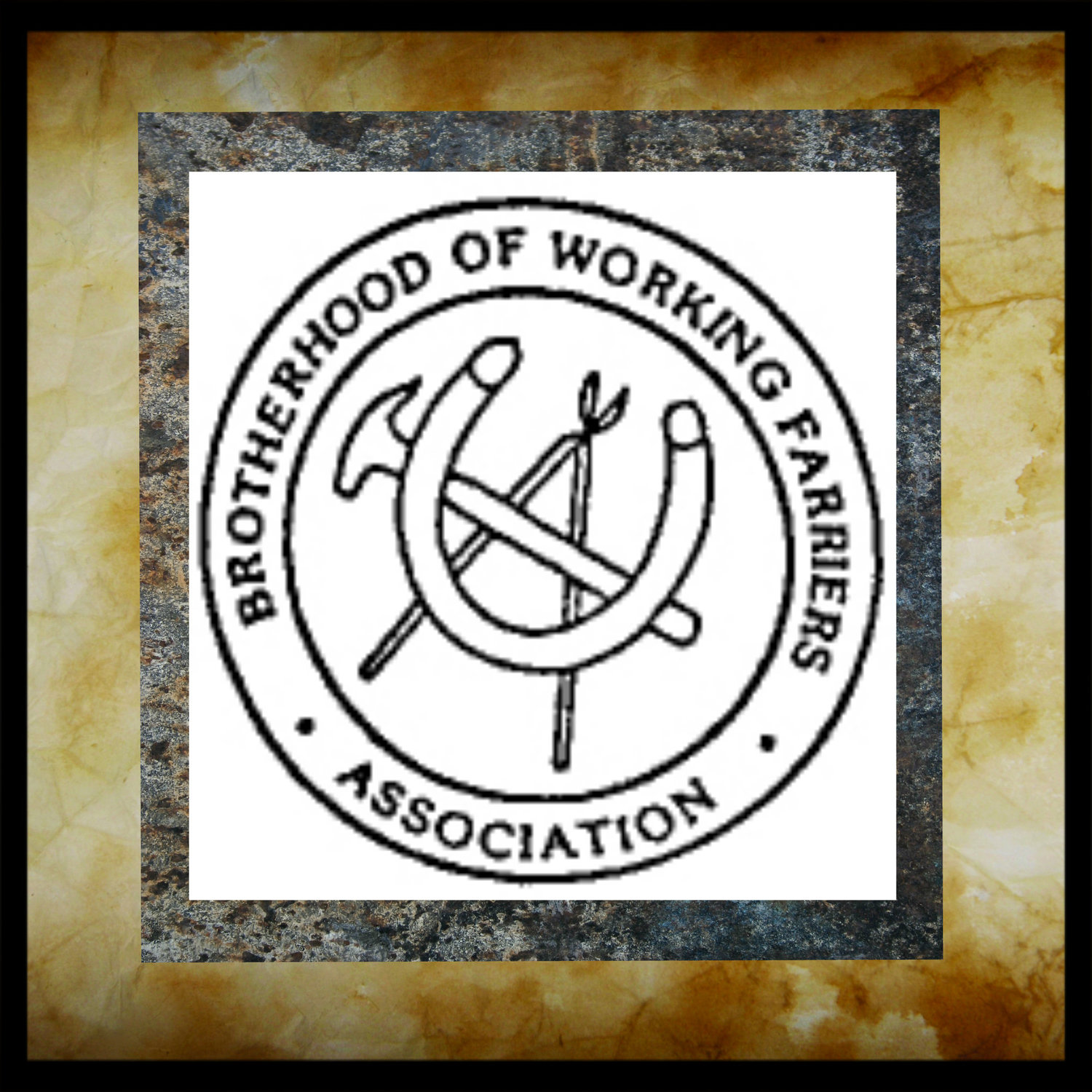"Dietary Sugar and the Hoof" by Buck McColl
An article by Buck McColl, Nutrition Specialists and long with Shannon Pratt-Phillips, MSc, PhD.P.A.S. Asst. Professor at Dept of Animal Science at NCSU
Many horse owners are learning of the dangers of sugars with respect to hoof health. Sugars are components of many horse feeds, including pasture and cereal grains. Sugar in your horse’s feeds can have negative consequences on your horses’ hoof health, both directly and indirectly.
The horse’s digestive tract is designed to handle a diet of relatively low quality roughage, such as hay ir sparse pasture. The large intestine is specially designed, and is inhabited with billions of microbial organisms that ferment the fibrous portions of these plants. When horses consume diets that have too much starch and sugar that are normally digested in the small intestine, the starch and sugar may over load the system and will continue onto the large intestine. Here, the microbes that are used to fermenting fiber will ferment the starch and sugar rapidly and it results in a disruption of the delicate ecosystem. This results in the production of gasses, lactic acid and other compounds. Some of these compounds are toxic, and may be absorbed into the bloodstream. They can travel into the circulation and cause laminitis. Therefore, it is very important to know how much starch and sugar your horse has in its diet, so that you can limit the amount in each meal.
Buck is a Corporate Gold Lifetime Member of the BWFA, owns and operates the Mobile Milling Services company in Thomasville, North Carolina with his son Bill and family. Buck joined in 1995 and attends every vendor BWFA event and was an active supporter of the S.H.O.E. BWFA chapter in NC. He is the only non-working farrier who was inducted in the BWFA Hall of Fame in 2012 for his educational contributions for horse professionals and owners. He has devoted his life to bovine nutrition with the last 20 years in the equine field. His website is mobilemilling.com and email is buckmccoll@northstate.net, phone 1-800-217-4076. The BWFA and HorseshoenTime produced his power point lecture on a DVD which is available for a small fee from the BWFA at this time. If you are in the field with a customer and need advice about nutrition of the hooves or whole body, call Buck for advice, he welcomes your call. This is a reprint from a previous bulletin for the members only.
When analyzing feeds for sugar content, we often use the term non-structural carbohydrate (NSC). This classification includes all kinds of simple sugars and starches, and includes a unique type of sugar, fructan, which are found in pasture. Fructans are a little different because they are not digested the same way as other simple sugars and starch. Instead, they are fermented in the horse’s large intestines and can result in the production of byproducts that may be detrimental to the horse’s hoof health. To complicate matters, the NSC and fructan concentrations of pasture are highly variable over season and event time of day.
Too much sugar in the diet can also wreck havoc on the horse’s metabolism, which may also negatively affect hoof health. When large NSC meals are consumed, the horse’s blood sugar rises, followed by another hormone, insulin. Insulin functions to help keep blood sugar concentrations stable, by allowing sugar to leave the blood into tissues. With repeated stimulation (such as following many high NSC meals), insulin’s actions may decrease and the animal may become insulin resistant. This causes the horse to produce more insulin in effort to help regulate blood sugar. Both high blood sugar concentrations and high insulin concentrations in the blood are believed to have negative consequences on delicate blood vessels, such as those in the laminae of the hoof. Thus, horses that are insulin resistant have a higher risk of developing laminitis.
Laminitis is the inflammation of the laminae, the layers of tissue between the hoof wall and the coffin bone that are highly vascularized. These blood vessels are highly sensitive to changes in metabolites (such as glucose and/or insulin) toxins and inflammatory compounds and these disruptions can cause laminitis. Therefore, direct absorption of toxins from digestive disturbances or indirect changes in metabolism due to habitual diet may result in hoof problems.
This scenario should help the farrier as he or she continues to help clients understand some of the nutritional causes of hoof problems. The digestive disturbances mentioned above caused by an improper glucose/insulin balance are very similar to the results of colic and founder where these digestive concern cause the release if toxins into the blood stream which constricts the capillaries preventing nutrients from flowing from the blood stream into the cells of the hoof. Proper feeding practices can help avoid some of the concern mentioned in this article.
While sugar is an important energy compound for the horse, feeding it carefully is important. As too much starch and sugar in your horse’s diet may directly (via digestive tract overload) or indirectly (insulin resistance) negatively affects your horse’s hoof health and out him at risk for laminitis.



